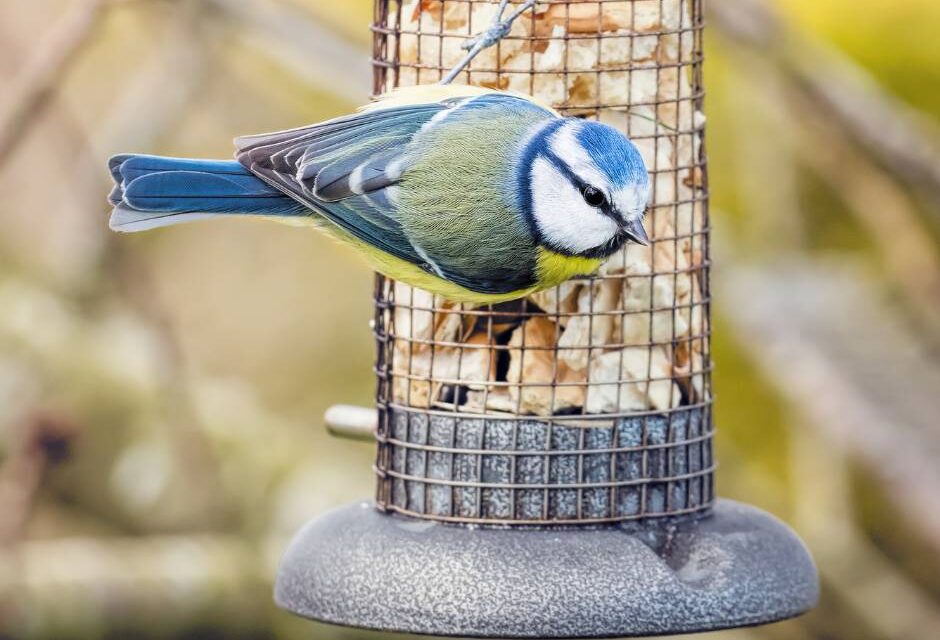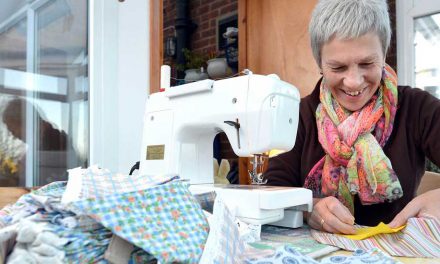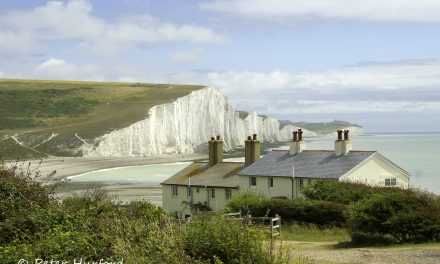6th-12th June marks Garden Wildlife Week. The team here at Your East Sussex are all avid nature fans and we are celebrating the wealth of wildlife in our gardens with some tips on how to keep all different creatures as safe and happy as possible.
Hedgehogs
According to the British Hedgehog Preservation Society (BHPS), Britain’s hedgehogs are in serious decline, with rural populations falling by at least 50% since the millennium. Here is how you can help the hedgehog community:
- Check any area before cutting using a strimmer or mower to make sure there’s no hiding hedgehog that you could potentially harm
- When building a bonfire, make sure to check it thoroughly before setting it alight
- Cover drains and provide an escape ramp in ponds so that any little hedgehogs who fall in have a helpful way out!
- Try to use natural alternatives to slug pellets and pesticides
- Keep fruit netting in your garden at a safe height (30cm) above ground so that a hedgehog cannot get caught and trapped in it
- Hedgehogs usually hibernate between November and March. Build a hedgehog home in your garden and provide them with a safe place to hibernate during these colder months.
Bees
We recently celebrated National Bee Day, a worldwide day which raises awareness of the importance of our busy little friends and their impact on the planet. There is a number of simple things you can do to help the bees, starting with your very own garden!
- Plant bee-friendly flowers in your garden, such as lavender, catmint, and alliums. Discover some more flowers that you can plant to help bees all year round.
- Create a shelter or buy a ready-made bee hotel and hang it up in a sunny but sheltered spot in your garden
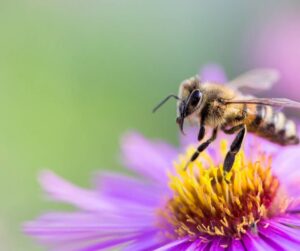
Birds
Birds are extremely important for ecosystems, and we are lucky to have such a variety of birds gracing our skies and gardens in East Sussex. Provide a safe place for them to seek shelter in your garden with the following tips:
- Provide a safe and well stocked bird box in your garden. The National Trust recommends feeding birds protein-rich feed, such as fat balls, in the spring and seeds in the winter. You could even make your own bird feeder as a fun activity for the whole family!
- Provide a fresh, clean water source to entice birds to your garden. Place a bird bath in your garden or even a bowl of water will help, making sure to pop it somewhere shaded and where birds have a good view of potential predators.
- Plant a variety of bird-friendly plants, trees, and shrubs, which will provide shelter as well as a natural food source. Berry-rich trees and shrubs like holly and hawthorn are great options.
If you are noticing some new bird song ringing out across your garden, why not spend a little time getting to know what bird it is making that noise? Learning the unique calls of different bird species is a great way to feel even more connected to nature and the wildlife making a home in your garden!
Some other ways to help wildlife
Here are some other ways to create a haven for other animals to thrive in your garden:
- Grow your grass – wherever possible, let your grass grow long, as this helps flowers grow and also provides a home for little frogs, toads, and insects
- Don’t cut hedges – wait until winter to cut your hedges, as they provide a safe and sheltered place for nesting birds and other critters during the warmer months
- Have a pond – if you are able to have a pond, then it provides not only a lovely water feature to your garden, but also a home for amphibians and insects! Head to The Wildlife Trust website to learn how to build your own pond.
- Create a compost heap – this is a great way to recycle left over food and inedible scraps. Compost heaps are also perfect for creatures like slow worms, frogs, and other insects. Check out The Eden Project’s top tips for creating a compost heap.
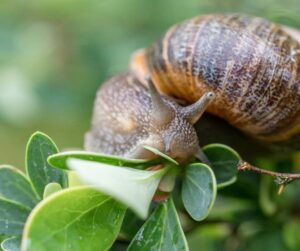 lf
lf
